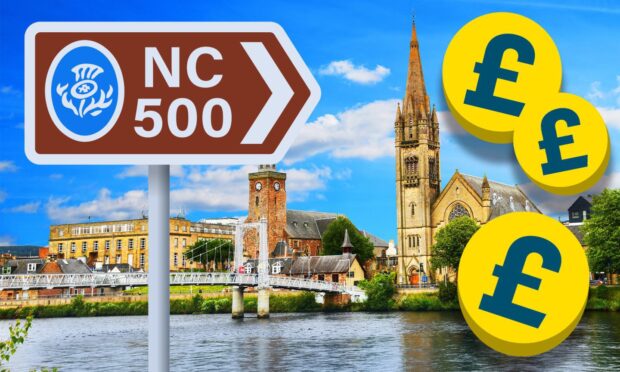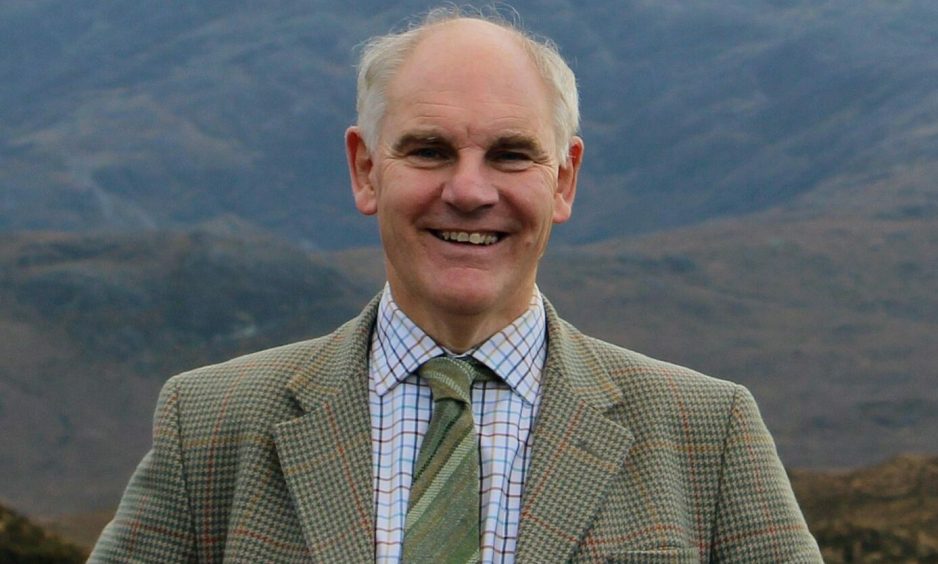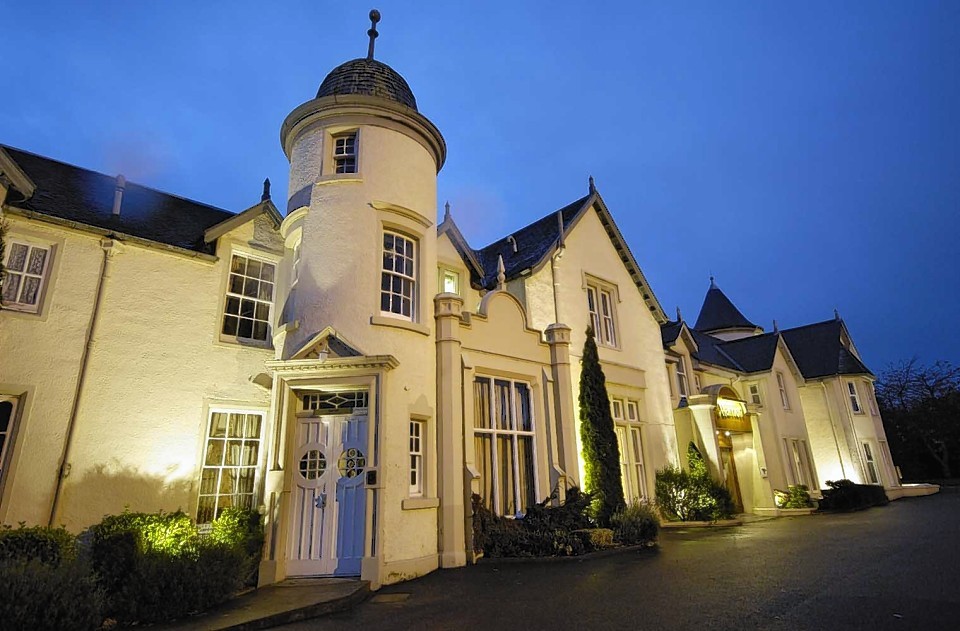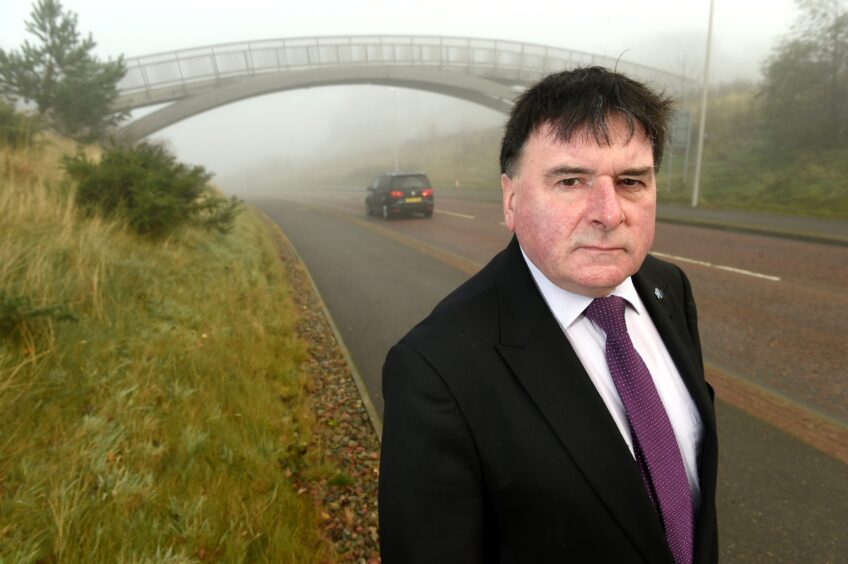It may be the start and the end point but Inverness is not usually the first thing that springs to mind when people think of the NC500.
Have a flick through any of the documentation about the famous route and you’re far more likely to see pictures of stunning mountain landscapes and pristine beaches.
The Bealach na Ba and Smoo Cave will get a look in and if you see a bridge, it’s probably going to be Kylesku rather than the Ness variety.
That doesn’t mean the route hasn’t left its fingerprints all over Inverness though.
But exactly how much of an effect has the NC500 had on the Highland capital?
Let’s take a look at what we know so far.
Earlier studies have shown financial uplift for the Highlands
Firstly, it has to be said is that we are well overdue for an impact assessment on the effect of the route on the Highlands as a whole.
The last one was published in 2019 and the landscape has changed dramatically since then.
The study by Glasgow Caledonian University’s Moffat Centre for Tourism found that the route had generated £22.8m for the north Highlands’ economy.
It also reported that 180 new jobs had been created that were linked to the NC500.
But data for Inverness was “deliberately omitted” from that study because it was thought that it would distort figures for other parts of the region.
You have to go back to 2017 for the only other economic study, commissioned by Highlands and Islands Enterprise, that includes Inverness.
That study found that 43% of businesses reported an increase in trade as a direct result of the NC500.
However, there were only 14 city businesses consulted.
NC500 offers two bites at the cherry for Inverness
David Richardson recently started a new role as development and engagement manager with the NC500 after 13 years with the Federation of Small Businesses.
He believes there’s no doubt that the route has put a lot into Inverness’s coffers.
“People don’t just magically appear on the route,” he said. “They have to travel up and a lot of them will stay overnight in Inverness before they begin.
“It’s hard to quantify, we don’t have recent data and five years is a long time since the last report.
“But of course Inverness benefits from it. And being the start and the finish, there’s two bites at the cherry.”
There is a perception among some people in the north Highlands that many of the NC500’s tourists stock up in Inverness and pass through smaller villages without spending their money there.
And a quick look at the car parks of the city’s main supermarkets across the summer would certainly lend some weight to that theory.
But there are lots of different types of visitors that arrive in the Highlands to do the famous route.
Touring Highland roads from Inverness
Craig Ewan is operations director for the Kingsmills and Ness Walk hotels in Inverness.
A variety of car clubs have stayed at the hotels over the years.
Some of them base themselves there for several days as they aren’t able to get accommodation further north because of the size of their group.
“We don’t see the motorhome side, but we do see the luxury side,” Craig said.
“We might get a couple wanting to do the route in the nicest way possible. They’ll stay with us at the start of their trip, do it over four or five days and then stay with us again at the end.
“Then we’ve got other car organisations we work with, a lot of them are owners clubs. They’ll stay for two, three or four nights because they can’t do the whole route.
“One day they’ll head out to the Bealach and come back to base. The next day it might be Tongue and then back to Inverness.”
‘The NC500 is good for Inverness but it has to be managed’
Anyone who has lived in the north of Scotland since the NC500 was created in 2015 will be aware that it’s not everyone’s cup of tea.
Those earlier economic studies have shown some positives. But equally, there are plenty of people in the Highlands who are unhappy with how it has all been handled.
Those gripes tend to boil down to many areas lacking the basic infrastructure needed to deal with thousands of tourists.
Inverness councillor Ken Gowans leads Highland Council’s economy and infrastructure committee.
He said: “There’s no doubt it’s been a boon to the economy of Inverness. Because it’s attracted people from all over the world.
“But like we’ve seen elsewhere on the route, it brings issues with it too. There are problems with people parking where they shouldn’t overnight and that sort of thing.
“Overall, it’s a good thing. But it has to be managed, and that’s the difficulty.”
For more Inverness news, updates and analysis visit our dedicated page and join our local Facebook group.





Conversation